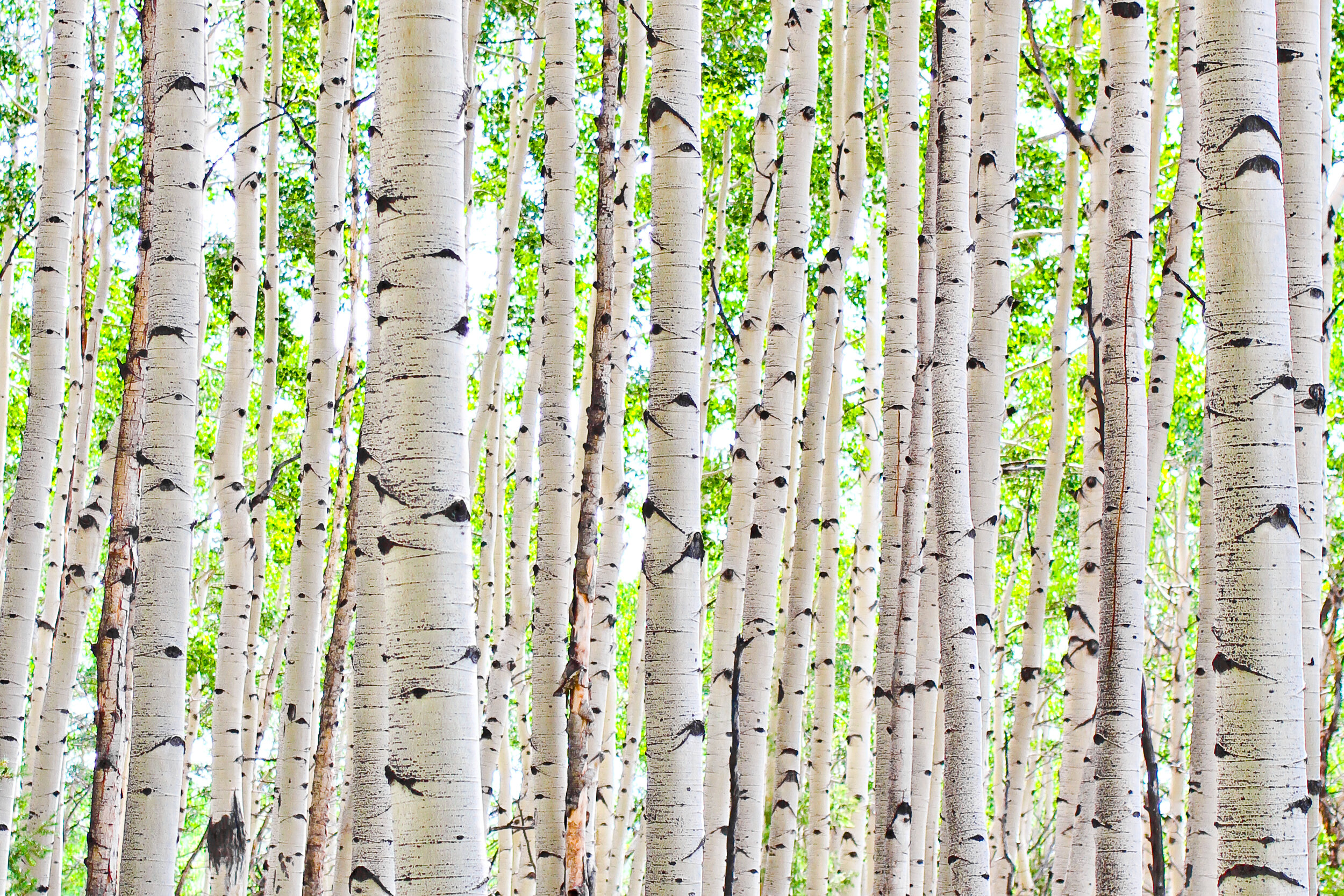The complex interplay between human epidemics and climate isn’t new
People in the U.S. who live in areas with high levels of air pollution are more likely to die of COVID-19 than people who live in areas with lower levels of air pollution, according to the pre-print of a new study by Harvard researchers. The study examined long-term exposure to air pollution. A separate European study also links air pollution to higher COVID-19 mortality rates. In other words, the virus is significantly more deadly in areas where humans have substantially degraded air quality than in areas where humans have degraded air quality less.
On the flip side, reports from around the world are showing one positive consequence of the pandemic: reduced levels of air pollution. Lockdowns, stay-at-home orders, and fear have kept much of the global population out of cars and off planes in recent months. The burning of coal has decreased. Factory production is down. From China to Italy to the U.S., levels of carbon dioxide, carbon monoxide, and nitrogen dioxide have fallen since COVID-19 emerged.
While these reductions offer interesting and unusual data sets, they’re likely temporary and won’t have much of an influence on climate change or on the long-term health of residents in more polluted places. Areas of China that were hard hit by the virus, for example, and are now reopening are already seeing emissions creeping back up.
But this is not the first time in history that human epidemics have influenced the environment or the climate. While researching my book, Equus Rising: How the Horse Shaped U.S. History (May 14), I came across a fascinating study published last year in Quaternary Science Reviews, which showed that after Europeans arrived in the Americas in 1492, they wiped out so many indigenous people so quickly through a combination of warfare, resulting famine, enslavement, and disease—though primarily through disease—that they contributed to a change in the global climate. Within a century of European arrival, the study estimates the Americas had been depopulated by 90 percent. That’s 55 million deaths—about 10 percent of the global population at that time.
The event, referred to as The Great Dying of the Indigenous Peoples of the Americas, was largely the result of not just one but numerous epidemics: smallpox, measles, influenza, and the bubonic plague, followed by malaria, diphtheria, typhus, and cholera. Many of these peoples lived in large, agricultural societies. When they died, they abandoned their cultivated lands, which quickly reforested. The massive number of new trees began to suck carbon dioxide out of the atmosphere, lowering global temperatures to a degree that could not be accounted for only by other natural processes, and ushering in the Little Ice Age of the 1600s.
Every early reviewer of my book wrote a note in the margin next the description of the event that said something to the effect of: “Wait, what??? I’ve never heard of this!”
Their comments probably stemmed from the fact that the Industrial Revolution is largely cited as the beginning of human activity that has significantly contributed to climate change. But this study suggests human epidemics were impacting the climate at least 400 to 500 years ago.
A complex interplay exists between human epidemics, the environment, and the climate. In the last few months, we’ve seen that people who live in areas with more air pollution die from COVID-19 at higher rates than people who live in areas with lower air pollution. We’ve also seen that people’s reduced movements during the pandemic have led to reduced air pollution in the short term. But can we expect long-term environmental and climate consequences from this pandemic?
Perhaps. The heavy economic fallout from COVID-19 will likely spur countries to create more stimulus packages to jump start their economies. If these packages include substantial funding to reduce carbon emissions and mitigate other climate risks, as many climate advocates are calling for, we could experience another human epidemic influencing the climate in a significant way.


